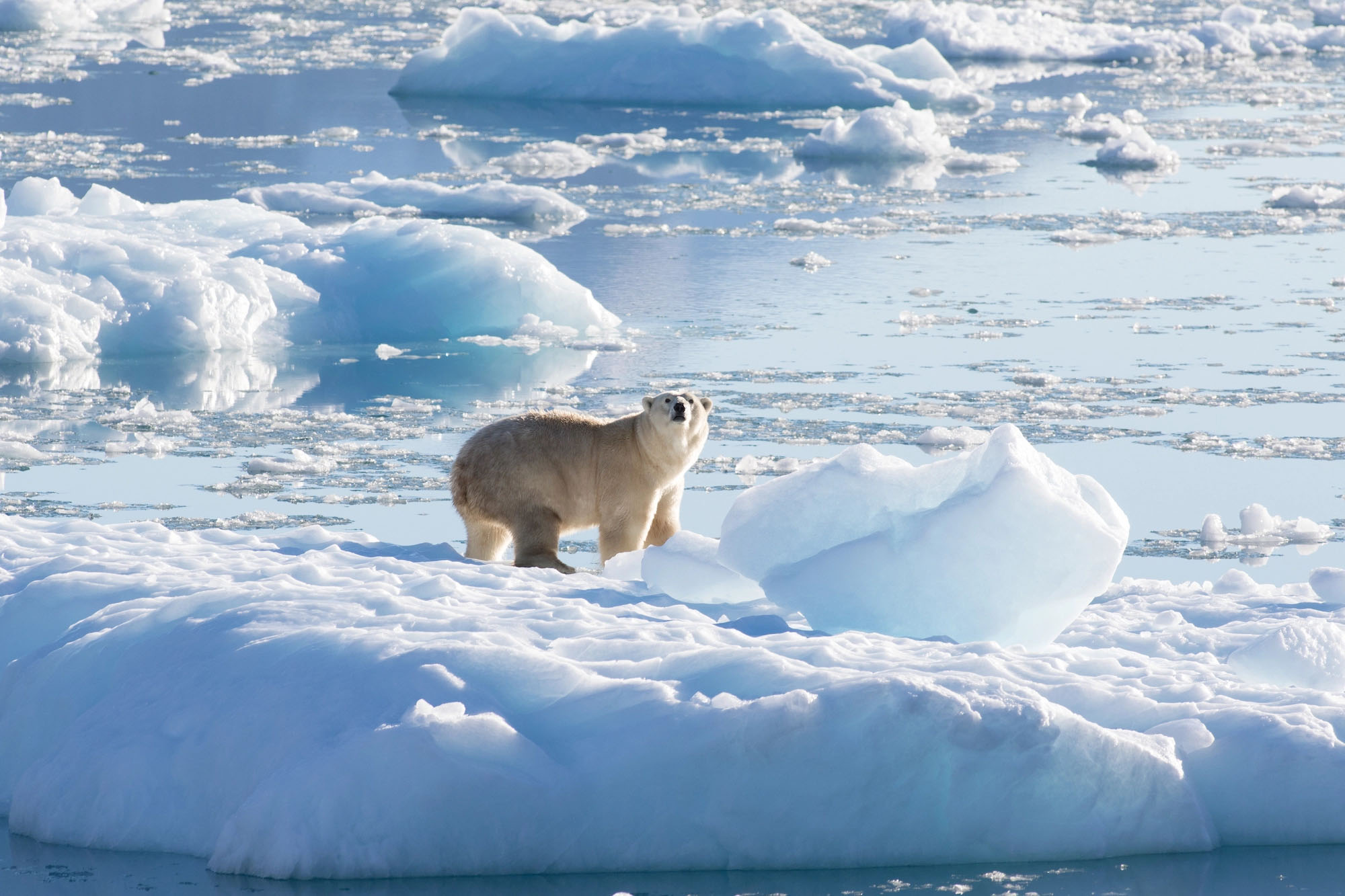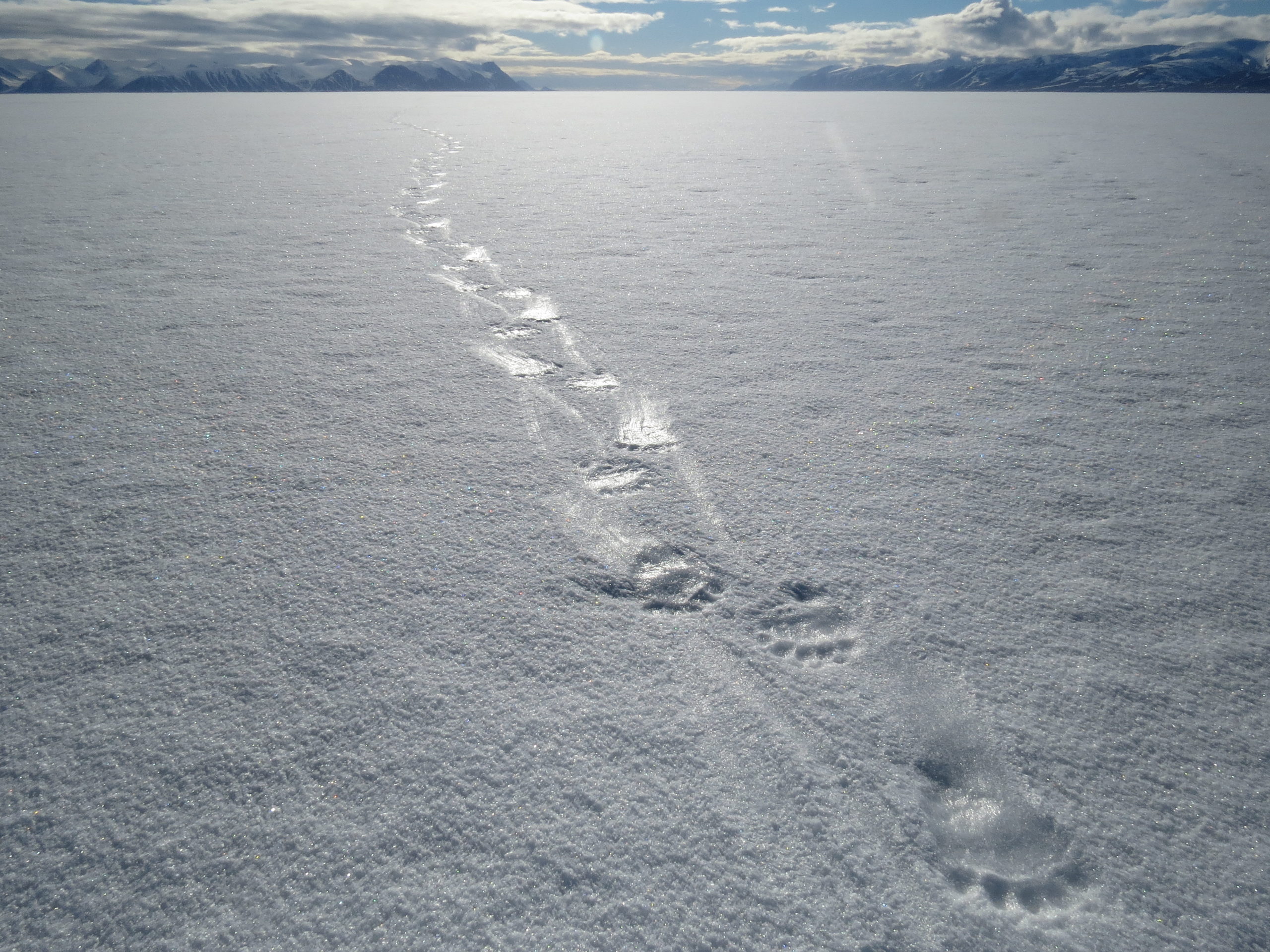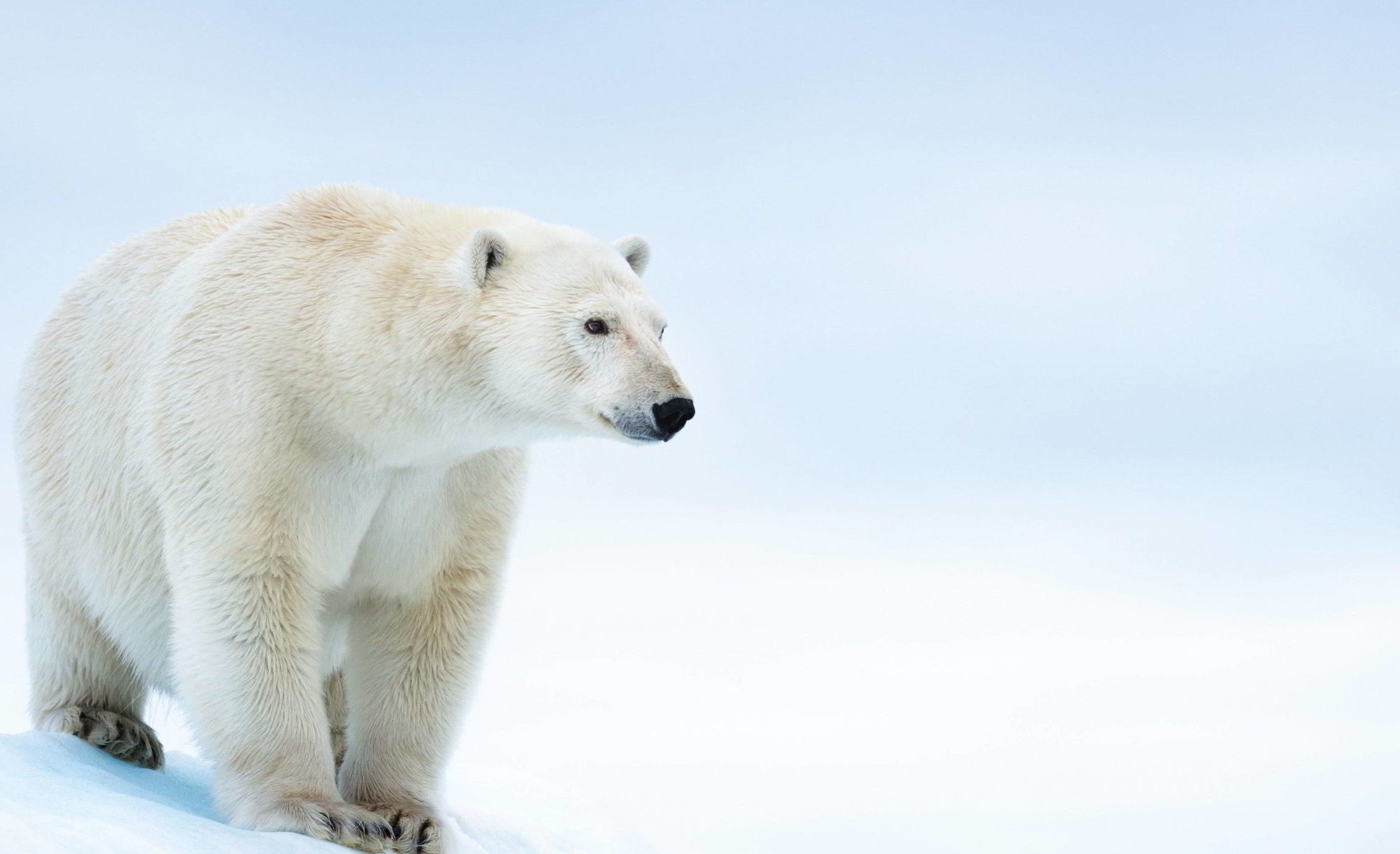Will the Last Ice Area support polar bears?
Accelerated warming in the Arctic over the past few decades has resulted in rapid changes to the Arctic habitats that marine species rely on. Against this backdrop, the Last Ice Area may be an important refuge for species that depend on sea ice.
KRISTIN LAIDRE explains what we know about the area’s ability to support polar bears — and what we still need to figure out.

Some Arctic species — such as narwhal and beluga and bowhead whales — make use of ice habitats, but don’t depend on them for survival. But others need sea ice for feeding and critical life events like reproduction, moulting and resting. These include the seven pinnipeds (walrus as well as ice seals) and polar bears.
Inuit and other northern people, in turn, depend on these Arctic marine mammals for a range of cultural, nutritional, economic and spiritual reasons. For these species and the people who rely on them, the Last Ice Area is a source of hope in a changing climate — but at this point, it’s not clear what we can expect from the area.
Long-lasting sea ice holds promise
Largely covered by thick, multi-year ice, the Last Ice Area is located along the margin of the North American and Greenlandic Arctic Basins. It is considered one of the most important refuges for many ice-dependent marine mammals because its sea ice cover is expected to endure through the 21st century.
Scientists expect it to be one of the last places in the Arctic that can support marine species that need sea ice to survive.

In general, warming in regions of the continental shelf that were once covered in multi-year ice may initially support the ocean’s ability to sustain life because the sun can more easily penetrate the thinner annual ice, fuelling the plant and algae blooms that are at the base of the marine food web.
In addition, thinner, more mobile sea ice can change the frequency and size of open water areas like polynyas, which attract marine mammals. In Kane Basin, an area that once had a substantial amount of multi-year ice, these changes initially provided more productive and suitable habitat for polar bears and have so far offered them transient benefits.
But there are some significant unknowns when it comes to determining whether the Last Ice Area will support viable populations of polar bears. Foremost among these are the persistence and resilience of summer sea ice in the region as well as the future productivity of the ecosystem.
Both of these factors will influence the availability and density of ice seals — the bears’ primary prey — because the accessibility of seal pups is critically important to the bears’ springtime foraging success.
READ MORE: Learning to live alongside polar bears in Whale Cove
Areas where ice seals breed generally have annual ice over the continental shelf, ice edge features, or polynyas — so if these habitats occur more frequently and remain available in the Last Ice Area, then the region may be able to support polar bears.
Currently, polar bears are distributed around the Last Ice Area in North and Northeast Greenland (where they are part of the East Greenland subpopulation), in Kane Basin between North Greenland and Canada, in Norwegian Bay, and in the Arctic Basin.
A future refuge for polar bears?
Despite some of these encouraging possibilities, uncertainty about the long-term stability of the sea ice in the Last Ice Area brings its role as a refuge into question. Recent research suggests the area is losing ice mass at twice the rate of the Arctic Ocean.
Other studies suggest the Last Ice Area is experiencing long-term sea ice thinning. It is critical that future scientific work quantify the area’s resilience.

For now, few to no primary data are available on the distribution, density or movements of marine mammals in the Last Ice Area. To assess how species might use the area in the future, scientific studies have had to make assumptions about habitat requirements based on knowledge gleaned from other northern areas. However, this is challenging because the seasonal cycle (the timing of ice break-up) in the Last Ice Area takes place quite a bit later than in more southerly areas.
In the future, dedicated Last Ice Area research could collect the data that we critically need to predict the future. These programs could include repeated aerial surveys to assess changes in the abundance and distribution of marine mammals as well as marking or tagging programs to assess the movements and life histories of individual animals.
Ideally, these programs would be combined with studies of sea ice and snow. This information could give scientists a useful benchmark for comparing the data that will be collected in future decades, and allow them to quantify and understand change.
KRISTIN LAIDRE is a scientist at the University of Washington in the US who studies the ecology and population dynamics of Arctic marine mammals, including the impacts of climate change.
This article originally appeared in WWF Arctic’s quarterly magazine, The Circle

